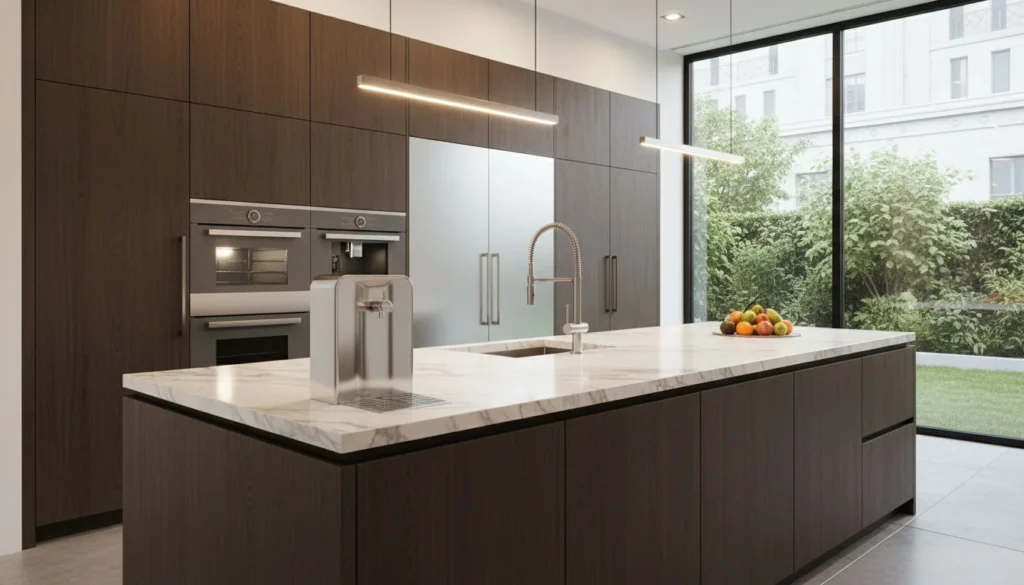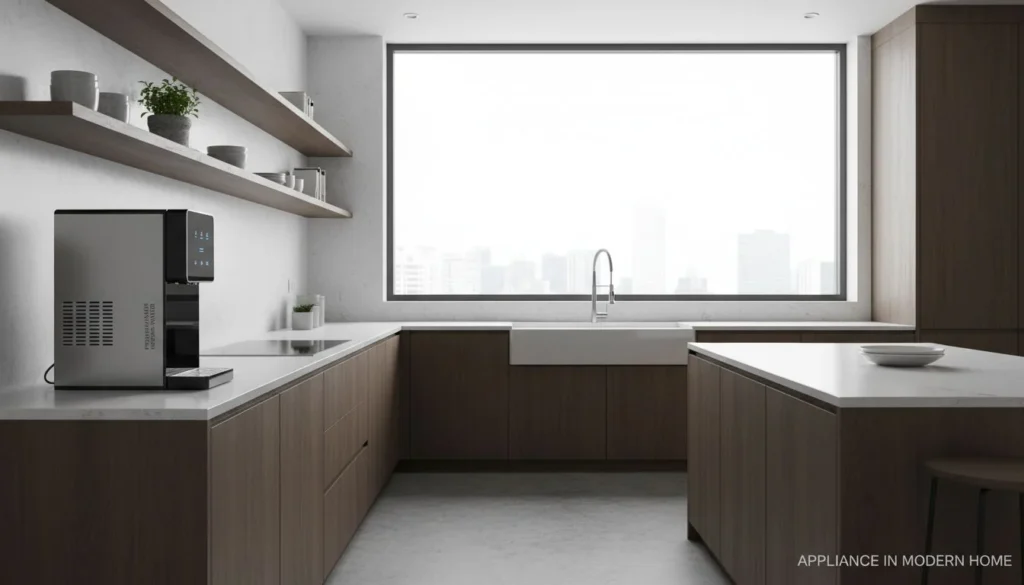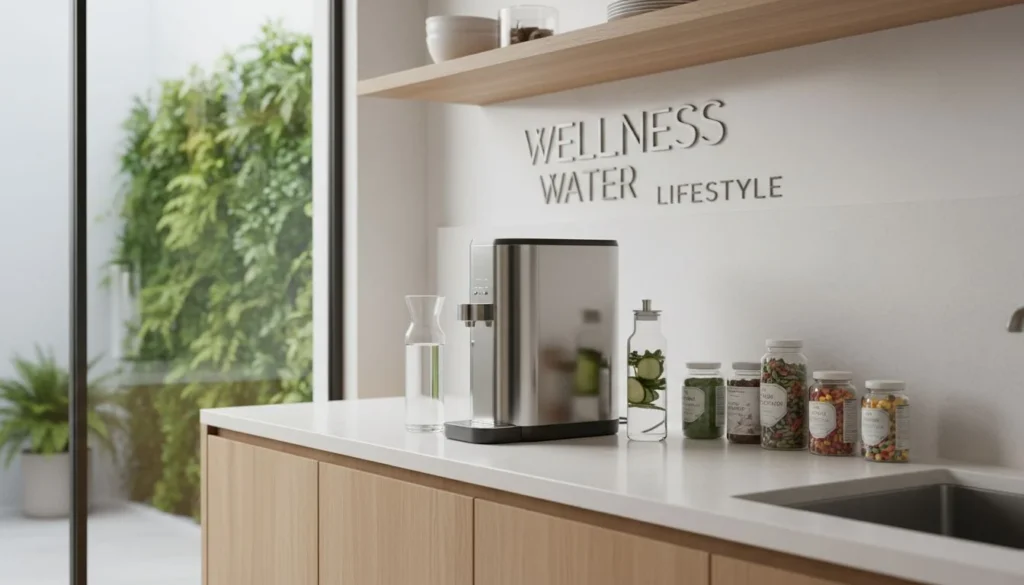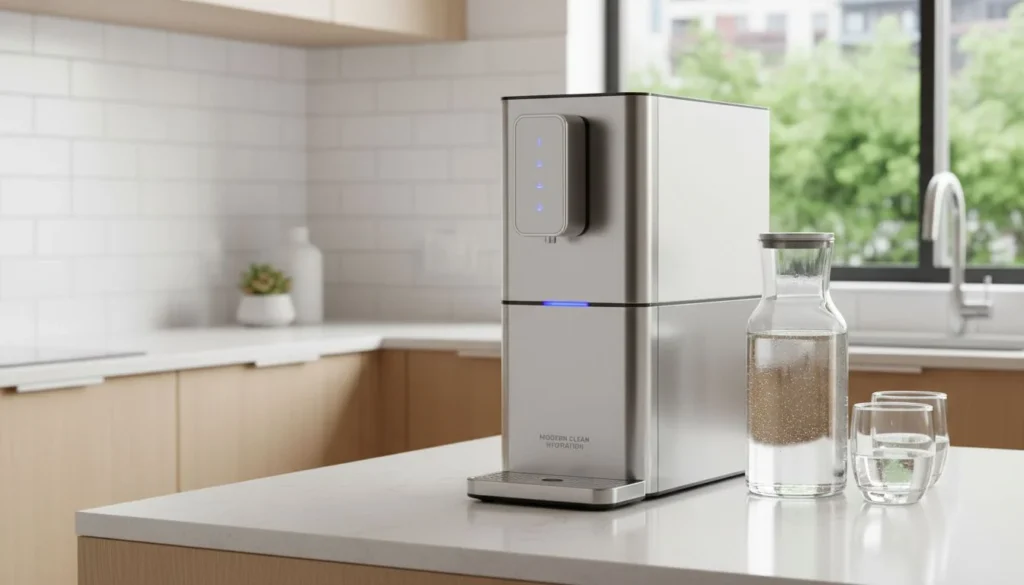In the global air-purifier market, shipping often costs more than the filters themselves. The units are light but bulky, and carriers bill for space, not weight. Small and mid-size orders feel this pain the most.
After years of streamlining filter supply chains in China, Vietnam, and Thailand, I’ve watched rigid frames turn profitable deals into money-losers once dimensional weight kicks in.
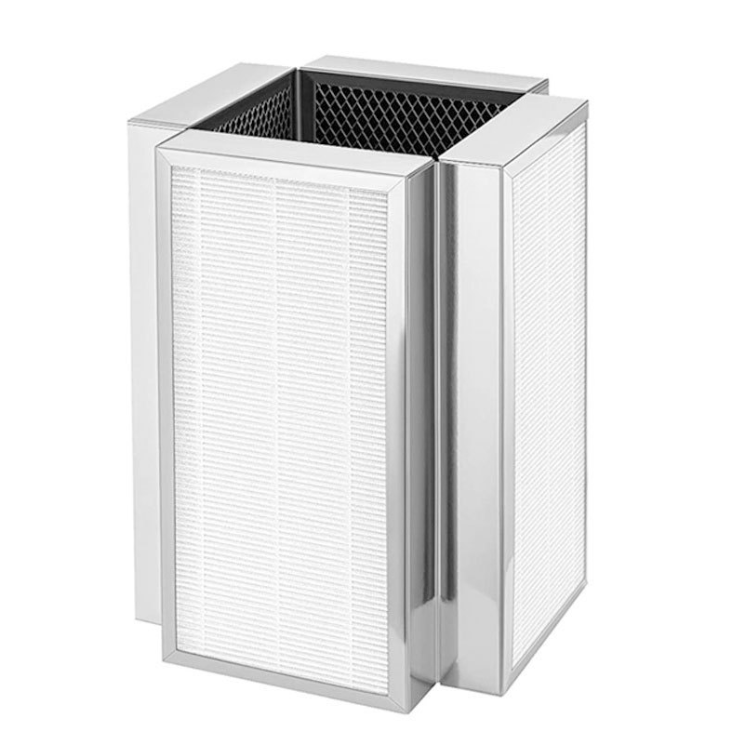
Collapsible filters flip the script. By folding flat, they cut package volume by 10–60 %, yet still meet the same filtration standards. Freight bills drop, and margins rise.
In this article, I’ll explain dimensional weight, show the savings collapsible filters unlock, and share practical tips from our team at HisoAir to help OEM and B2B buyers ship smarter.
Why Dimensional Weight Drives Up B2B Shipping Costs for Air Filters
When you ship air-purifier filters overseas, the scale reading hardly matters. Couriers charge by dimensional weight—the space a carton takes up—not by its actual pounds.
How Carriers Work Out Dimensional Weight
- Measure the carton’s length, width and height (in inches).
- Multiply the three numbers.
- Divide by the carrier’s divisor (most use 139 for international UPS/FedEx services).
DIM weight (lb) = L × W × H ÷ 139A Quick Example
A 20" × 20" × 4" HVAC filter weighs just 1.5 lb, yet:
20 × 20 × 4 = 1,600 in³
1,600 ÷ 139 ≈ 11.5 lb → billed as 12 lbSo you pay shipping on about eight times the real weight.
The Small-Volume Order Trap
Most B2B orders for specialty filters land in a gray zone:
- Too small for a cost-efficient full container (FCL).
- Too big for cheap express parcels.
Typical lots of 50–500 units see dimensional weight add 15–30 % to their landed cost. Margins shrink fast, or prices must rise.
Why Traditional Filters Make It Worse
Conventional filters have rigid frames and fixed pleats. They can’t be flattened or nested, so every box is mostly air. You end up paying premium freight rates to move empty space across oceans.
خلاصة القول
With global freight prices still volatile, dimensional weight has become a make-or-break factor in the air-purifier supply chain. Understanding—and finding ways to cut—“billable space” is now essential for any OEM or distributor moving filters internationally.
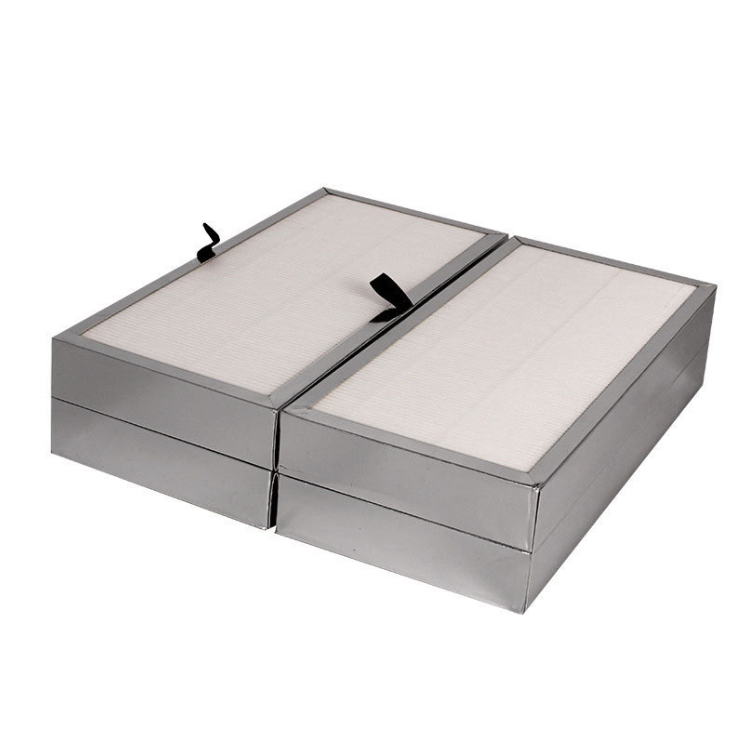
How Do Collapsible or Irregular-shaped Filters Reduce Dimensional Weight by 10-60%?
The revolutionary design of collapsible or irregular-shaped air purifier filters represents one of the most significant advancements in air filtration logistics in recent years. By fundamentally rethinking the structural approach to filter design, manufacturers have created solutions that dramatically reduce shipping volume while maintaining filtration integrity.
Innovative Design Principles Behind Collapsible or Irregular-shaped Filters
Collapsible or irregular-shaped filters utilize several ingenious design approaches to achieve their space-saving capabilities:
-
Accordion-style folding mechanisms that allow filters to compress along one or more dimensions during shipping and storage, then expand to full size during installation.
-
Flexible frame materials that can be temporarily deformed for shipping, then return to their rigid state when deployed.
-
Modular components that can be disassembled for shipping and reassembled by the end user.
-
Vacuum-compression technology that reduces filter volume during packaging while protecting the filtration media.
These design innovations enable remarkable space efficiency without compromising the filter's primary function. When properly engineered, collapsible or irregular-shaped filters maintain identical filtration performance to their traditional counterparts once installed.
Volume Reduction Percentages Across Filter Types
The space-saving potential varies significantly depending on the specific design approach and filter type:
- Basic foldable HVAC filters: Typically achieve 10-25% volume reduction
- Advanced accordion-design HEPA filters: Can reduce shipping volume by 30-45%
- Premium vacuum-compressed specialty filters: May achieve 50-60% volume reduction
- Cutting-edge refillable systems (like 3M's Filtrete): Can reduce storage space by up to 75%
This range of reduction percentages means B2B buyers can select collapsible filter solutions that best match their specific logistics challenges and volume requirements.
Industry Leaders and Real-World Examples
Major manufacturers have recognized the value proposition of collapsible filters and have introduced innovative products to address shipping inefficiencies:
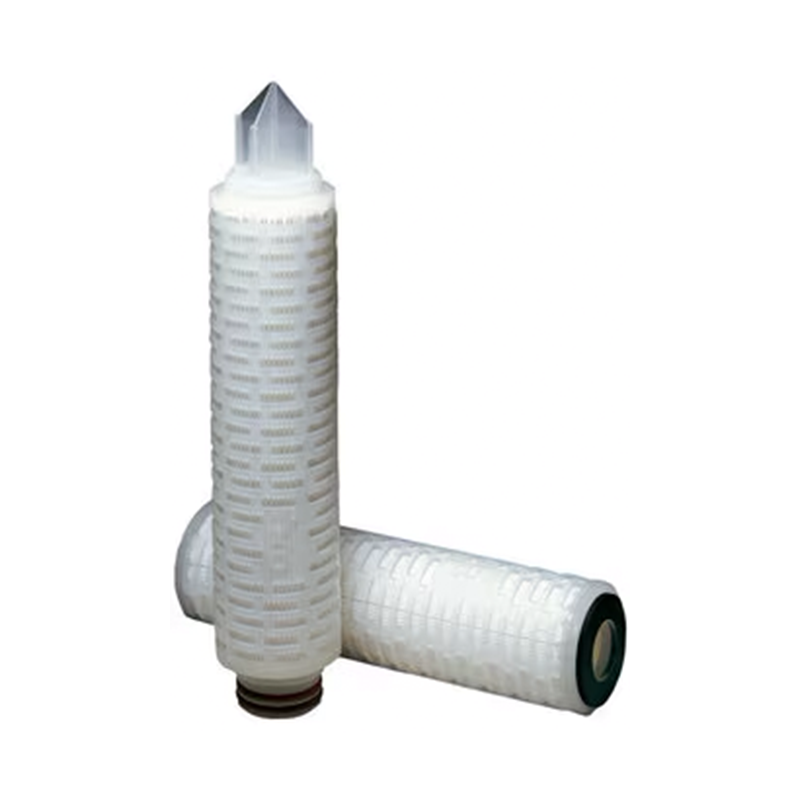
3M Filtrete Refillable Air Filter Kit: According to 3M's April 2025 announcement, their new refillable system reduces storage space by 75% compared to traditional filters. The collapsible filter refills take up significantly less space during shipping and storage, while the reusable frame remains installed in the HVAC system.
Woosh Fold™ Filter: This innovative product utilizes 3M filtration technology in a foldable design that reduces shipping dimensions by approximately 40%, making it particularly attractive for international B2B buyers facing high dimensional weight charges.
Smart Air Collapsible Filters: Designed specifically for the B2B market, these filters reduce shipping volume by approximately 35% through a proprietary folding mechanism that maintains structural integrity.
The engineering behind collapsible air filters demonstrates how thoughtful design can address logistics challenges without compromising product performance. For B2B buyers, this innovation translates directly to reduced shipping costs and improved supply chain efficiency.
How Can Small-Volume Orders Maximize Shipping Cost Savings with Collapsible or Irregular-shaped Filters?
For B2B buyers and OEM customers dealing with small to medium-volume orders, collapsible air purifier filters offer particularly compelling advantages across different shipping methods. Let's examine how these innovative products can optimize shipping costs in various scenarios.
Air Freight Savings Analysis
Air freight is often the preferred shipping method for time-sensitive orders or high-value filters, but its cost structure makes it particularly vulnerable to dimensional weight charges. Collapsible filters can transform the economics of air shipping in dramatic ways:
دراسة حالة: A North American distributor importing 200 premium HEPA filters from our Vietnam facility previously faced dimensional weight charges on approximately 3.5 cubic meters of shipping volume. After switching to our collapsible filter design with 45% volume reduction, their shipment was reduced to 1.9 cubic meters.
The result? Their air freight costs decreased from $4,200 to $2,310—a 45% reduction that directly improved their profit margin by 8.5% on these products. For small-volume orders where air freight is the only practical option, collapsible filters can mean the difference between profit and loss.
LCL vs. FCL Considerations
For ocean freight, the decision between Less than Container Load (LCL) and Full Container Load (FCL) shipping is critical for cost optimization. Collapsible filters can fundamentally alter this calculation:
LCL Shipping: LCL rates typically run 1.5-2 times higher per cubic meter than FCL rates, plus include additional consolidation fees. Collapsible filters that reduce volume by 40-60% can make LCL shipping significantly more economical, especially for orders that would otherwise occupy 3-8 cubic meters.
FCL Threshold Reduction: For larger orders, collapsible filters can reduce the volume below the FCL threshold, allowing B2B buyers to ship via LCL instead of paying for partially empty containers. Alternatively, they can fit substantially more product in the same container, effectively reducing the per-unit shipping cost.
Calculation Example:
- Standard 20' container capacity: ~33 cubic meters
- Traditional filters: 5,000 units = 35 cubic meters (requires 40' container)
- Collapsible filters (50% reduction): 5,000 units = 17.5 cubic meters (fits in 20' container)
- Cost difference: Approximately $1,800-$2,500 savings per shipment
Order Volume and Shipping Method Optimization
The relationship between order volume and optimal shipping method changes dramatically when collapsible filters enter the equation:
Small Orders (50-200 units): Traditionally limited to expensive express shipping or inefficient LCL, these orders can now utilize more economical shipping options thanks to reduced volume.
Medium Orders (200-1,000 units): Previously caught in the "middle ground" between LCL and FCL, these orders can now often fit within standard courier service dimensional limits or qualify for more favorable LCL rates.
Large Orders (1,000+ units): Can now fit more product in the same container space, effectively reducing per-unit shipping costs by 10-60% depending on the collapsible filter design.
By strategically selecting collapsible or irregular-shaped filter designs based on your typical order volumes and preferred shipping methods, B2B buyers can optimize their entire supply chain economics. The most significant savings typically occur in that challenging "middle ground" where traditional shipping options all present significant cost inefficiencies.
What Additional Benefits Do Collapsible or Irregular-shaped Filters Offer Beyond Shipping Cost Reduction?
While the shipping cost advantages of collapsible or irregular-shaped air purifier filters are compelling, their benefits extend far beyond dimensional weight savings. For B2B buyers and OEM customers, these additional advantages can create significant value throughout the supply chain.
Warehouse Space Optimization and Related Cost Reduction
Storage efficiency represents one of the most immediate secondary benefits of collapsible or irregular-shaped filters:
Warehouse Utilization: collapsible or irregular-shaped filters requiring 40-75% less storage space allow B2B distributors to significantly increase inventory capacity without expanding physical facilities. For businesses in high-rent areas like urban distribution centers, this space efficiency translates directly to cost savings.
Quantifiable Impact: Industry data suggests warehouse space optimization can reduce storage-related expenses by 5-15% annually. For a mid-sized distributor with 5,000 square feet dedicated to filter storage, switching to collapsible designs could effectively free up 2,000-3,750 square feet for other products or allow downsizing to smaller facilities.
Inventory Management: Compact storage enables keeping wider product variety within the same footprint, potentially increasing sales opportunities without additional overhead costs.
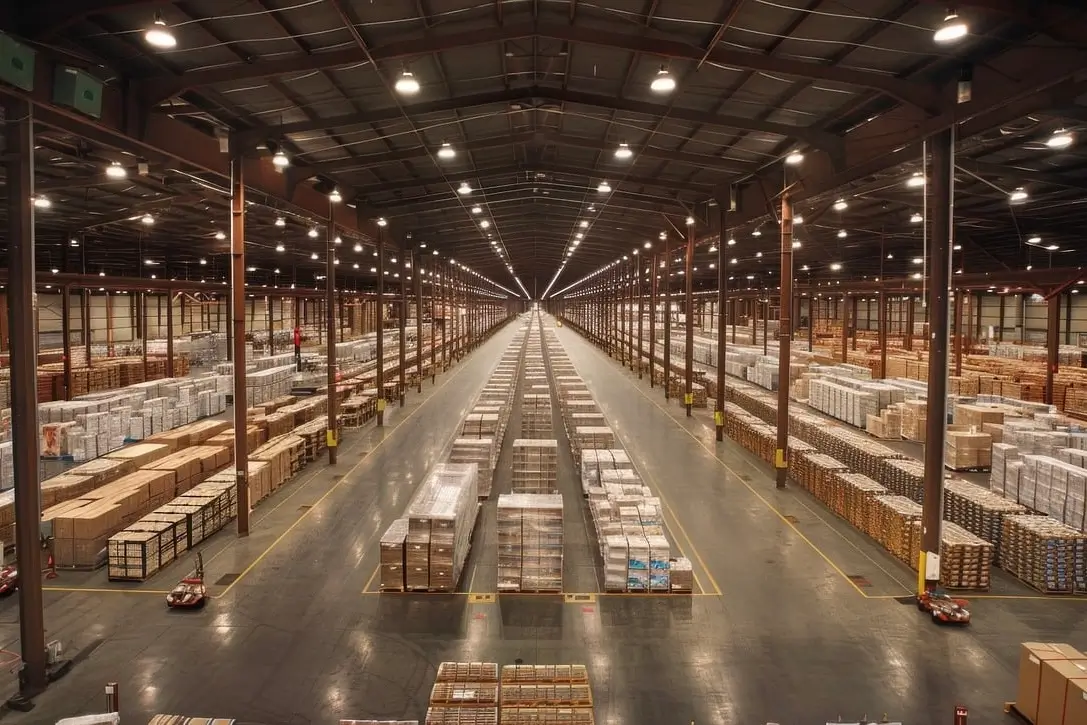
Environmental Benefits and Waste Reduction
Sustainability advantages of collapsible filters align with growing corporate environmental responsibilities:
Packaging Reduction: The smaller shipping volume requires less protective packaging material. According to 3M's data, their collapsible filter design reduces disposable waste by 20% compared to traditional filters.
Carbon Footprint: Reduced shipping volume means more filters per shipment, lowering the per-unit carbon emissions associated with transportation. For international shipments, this can represent a significant environmental improvement.
Extended Product Lifecycle: Many collapsible or irregular-shaped filter designs, like 3M's refillable system, incorporate reusable components that further reduce waste. Their reusable frames can last up to 20 years, dramatically reducing the environmental impact compared to fully disposable filters.
These environmental benefits are increasingly important for B2B buyers facing corporate sustainability targets or serving environmentally conscious markets in North America and Europe.
Competitive Advantages and Market Differentiation
Beyond operational efficiencies, collapsible or irregular-shaped filters can create strategic advantages:
Price Competitiveness: Lower shipping and storage costs enable more aggressive pricing strategies without sacrificing margins, particularly valuable in price-sensitive markets.
Expanded Market Reach: Economical shipping to distant locations opens new geographic markets previously rendered unprofitable by high logistics costs.
Value-Added Proposition: For OEM customers and distributors, offering space-efficient filters provides a tangible advantage when selling to space-constrained businesses or residential customers.
Brand Differentiation: Environmental benefits and innovative design create marketing opportunities to differentiate from competitors still using traditional filter designs.
The multifaceted benefits of collapsible or irregular-shaped air purifier filters extend well beyond the immediate shipping cost savings. By considering these additional advantages, B2B buyers can fully appreciate the total value proposition and return on investment when transitioning to these innovative products.
How to Choose the Right Collapsible or Irregular-shaped Filter Solution for Your Business?
Selecting the optimal collapsible or irregular-shaped air purifier filter solution requires careful consideration of multiple factors beyond simple volume reduction percentages. As someone who has helped numerous B2B clients navigate this decision, I've developed a framework to ensure you maximize the benefits for your specific business needs.
Evaluation Criteria for Collapsible or Irregular-shaped Filter Selection
When assessing different collapsible or irregular-shaped filter options, consider these key factors:
Compression Ratio vs. Filtration Performance: Some highly compressible designs may compromise filtration efficiency or durability. Evaluate independent testing data to ensure MERV/HEPA ratings are maintained after deployment.
Ease of Assembly/Deployment: Complex assembly requirements can create additional labor costs or user frustration. The ideal solution should deploy easily without specialized tools or extensive training.
Durability and Lifespan: Verify that the collapsible mechanism doesn't reduce the operational lifespan of the filter. Request accelerated lifecycle testing data from manufacturers.
Compatibility with Existing Systems: Ensure the expanded dimensions precisely match your requirements, as some collapsible designs may have slight variations from standard sizes when deployed.
Total Cost of Ownership: Calculate beyond the purchase price to include shipping savings, storage efficiencies, and any additional handling requirements.
Supplier and Technology Comparison
The market offers several distinct approaches to collapsible or irregular-shaped filter technology, each with unique advantages:
Mechanical Folding Systems: Offer simplicity and reliability but typically achieve only 10-30% volume reduction. Best for applications where ease of deployment is paramount.
Vacuum-Compression Technology: Provides maximum volume reduction (40-60%) but may require more careful handling during unpacking. Ideal for international shipping where dimensional weight has the highest impact.
Refillable Frame Systems: Combine a permanent frame with replaceable filter media, achieving the highest long-term cost efficiency and waste reduction. Perfect for established distribution channels with repeat customers.
Custom Hybrid Solutions: Some manufacturers offer proprietary designs combining multiple approaches. These can be optimized for specific applications but may carry premium pricing.
When evaluating suppliers, request samples for hands-on assessment and consider conducting small test orders before committing to large volumes.
Implementation Best Practices
Successfully transitioning to collapsible or irregular-shaped filters requires thoughtful implementation:
Phased Rollout: Begin with products where dimensional weight has the highest impact on margins, then gradually expand to other filter types.
Staff Training: Ensure warehouse and sales staff understand the proper handling, storage, and customer education requirements for new collapsible products.
Customer Education: Develop clear instructions and possibly video demonstrations to ensure end-users correctly deploy the filters. This prevents satisfaction issues and unnecessary returns.
Logistics Recalculation: Work with shipping partners to recalculate dimensional weights based on new compressed measurements to ensure you capture all potential savings.
Inventory Transition Planning: Develop a strategy for transitioning inventory that minimizes dual-stocking periods while ensuring continuous product availability.
By methodically evaluating options against these criteria and following implementation best practices, B2B buyers can successfully integrate collapsible or irregular-shaped air purifier filters into their product lineup while maximizing the operational and financial benefits.
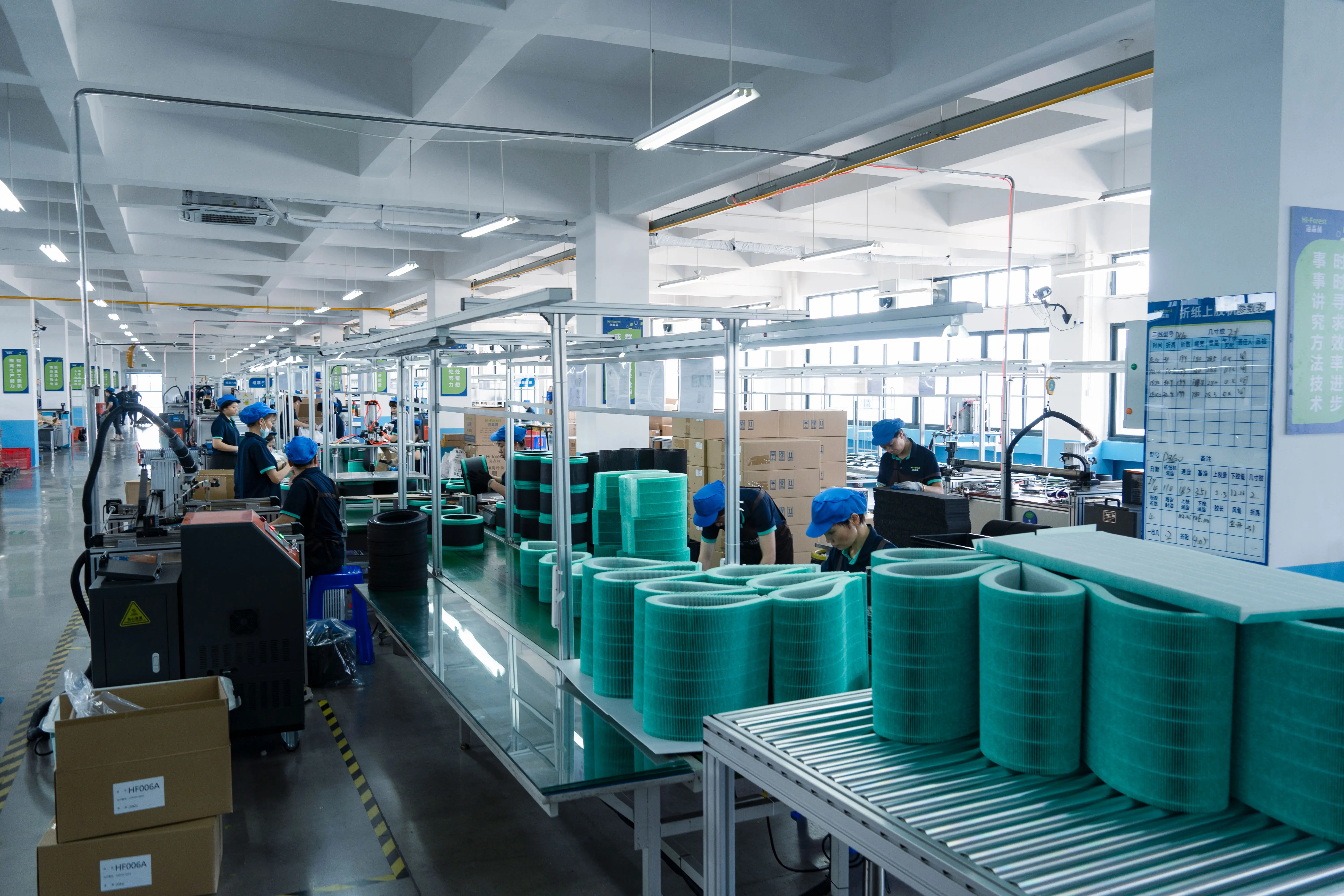
الخاتمة
Collapsible technology has changed the math on air-filter logistics. Trimming 10–60 % of a carton’s volume doesn’t just cut freight bills—it frees warehouse space, lowers carbon output, and sharpens your price edge in crowded markets. For many brands, that shift is the difference between razor-thin margins and solid profit.
At HisoAir, we build foldable and irregular-shaped filters in our plants in China, Vietnam, and Thailand. Each design is made to order so it matches your airflow specs, housing size, and brand requirements. After switching to our custom collapsible formats, clients in North America, Europe, and Asia have reported freight savings of 15–45 %.
How to Decide if Collapsible Filters Fit Your Business
- Audit current costs
List what you spend on freight, storage, and handling for each filter model. - Map your constraints
Note any shelf-space bottlenecks, carton size limits, or courier surcharges. - Set performance targets
Define the MERV/HEPA rating, pressure drop, and lifetime you must keep. - Request a custom prototype
We’ll fold a design around your targets and provide a packed-out volume comparison.
A short trial run is usually enough to prove the savings and tune the packaging.
Stay ahead of the curve. Collapsible filters are already rewriting the cost structure of international air purification trade. Reach out to our team to see how a custom design could streamline your next shipment—and widen your margins—without sacrificing filtration performance.



